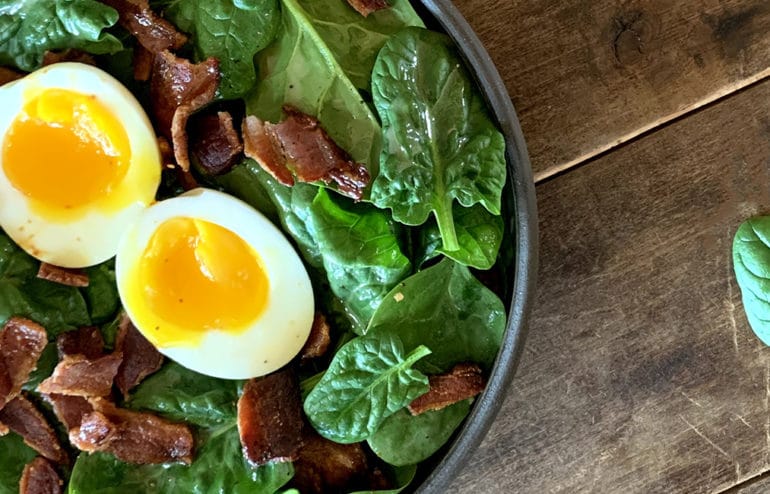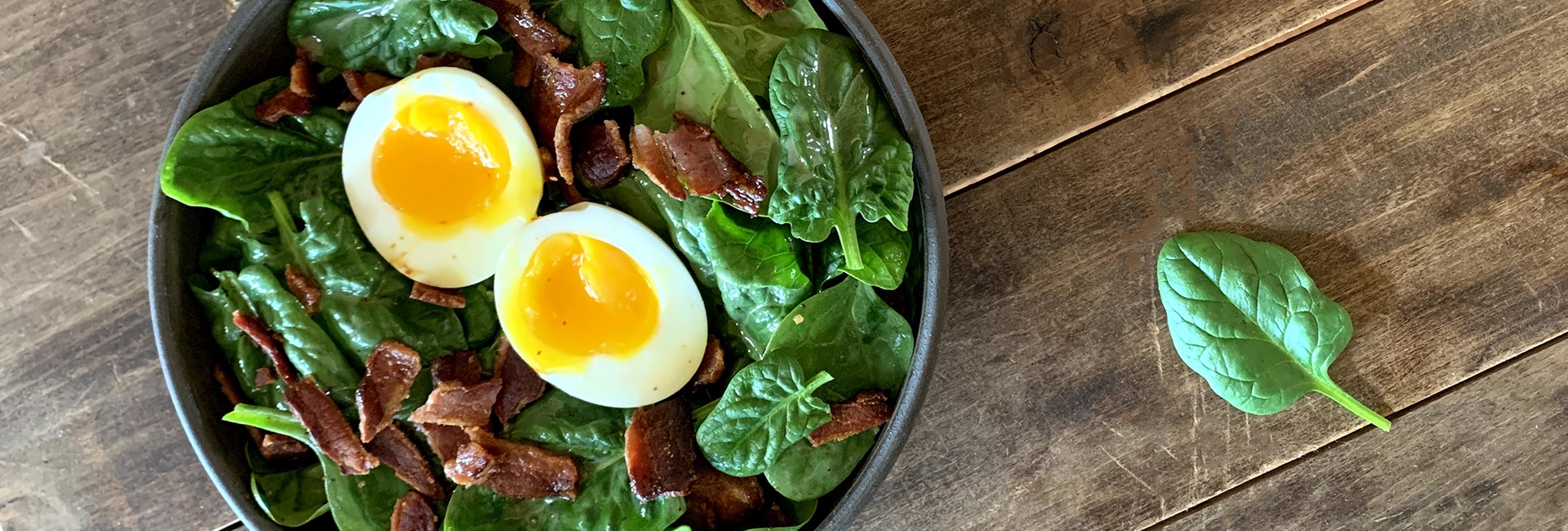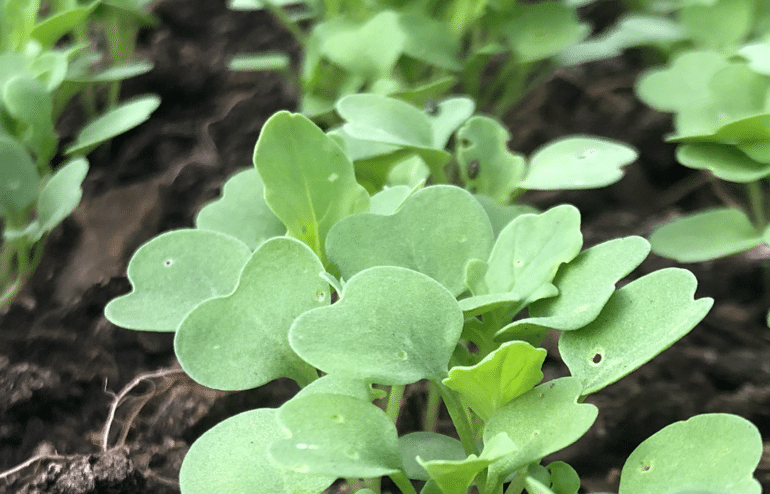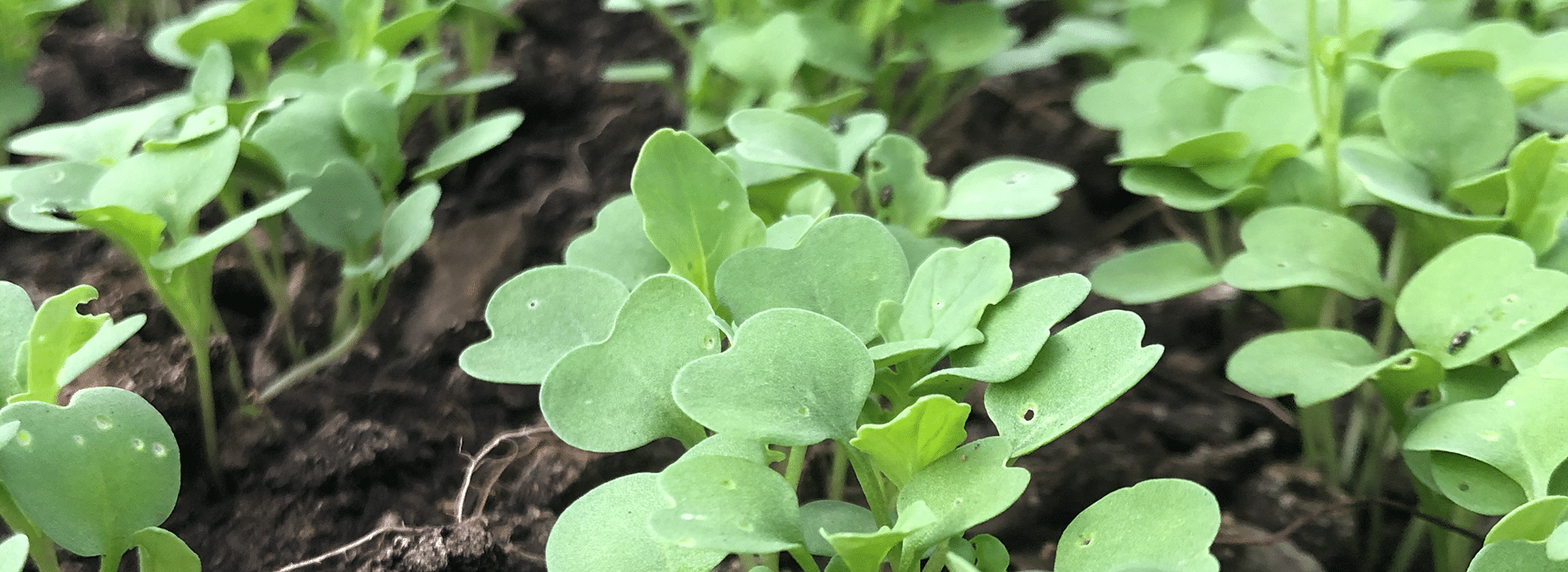
Crispy Baked or Fried Chicken Wings
These crispy chicken wings can be baked or fried to perfection, then finished with your choice of seasoning or tossed in a bold sauce like classic buffalo or a sweet ginger-soy glaze. Brined for flavor and coated for extra crunch, they’re a versatile crowd-pleaser perfect for game day, parties, or anytime you’re craving wings.
Ingredients
For the Brine
- 8 Tbsp Kosher salt
- 2 quarts (8 cups) water
For the Wings
- 1 package Chicken wings 8-10 wings
- 2 tsp Baking soda
- 1 tsp Onion powder
- 1 tsp Garlic powder
- ½ tsp Cayenne pepper optional
- 2 tsp of your favorite dry BBQ rub, dry mustard rub, lemon pepper or lime pepper
Buffalo Sauce
- 1 Tbsp Butter, melted
- ¼ tsp Cayenne pepper
- ¼ tsp Freshly ground black pepper
- ¼ tsp Kosher salt
- ¼ cup Hot pepper sauce (such as Frank's)
Ginger-Soy Glaze
- 1 2-inch piece Ginger, peeled and grated
- 3 cloves Garlic, minced
- ¼ cup Honey
- 2 Tbsp Soy sauce
Instructions
- Separate wing joints: Locate the joints between the drumette, the flat, and the wing tip. Using a sharp knife, slice through these joints on each wing. Reserve the wing tips for making chicken stock, and place the drumettes and flats in a large container for brining.
- Combine 2 quarts water and 8 Tbsp kosher salt, ensuring the salt is completely dissolved. Add this brine to the wings, ensuring they are completely submerged. If you need additional brine, use a ratio of 4 Tbsp kosher salt to 4 cups (1 quart) water. Cover and refrigerate for 2-5 hours.
- Drain wings, discarding brine. A few at a time, dry wings thoroughly with paper towels. The final crispness of the skin will depend on how dry the wings are, so make sure to dry them thoroughly. Place wings in a large bowl after drying.
- Combine baking soda, onion powder, garlic powder and cayenne pepper in a small bowl. Sprinkle this mixture over the wings a little at a time and toss to evenly coat.
For Baked Wings
- Place wings in a single layer on a parchment-lined baking sheet. Place baking sheet uncovered in the refrigerator for 20 minutes (this time allows the skin to dry further). Preheat oven to 400º and bake 45-60 minutes, until skin is very crispy.
For Deep Fried Wings
- Place wings in a single layer on a baking sheet. Place baking sheet in the refrigerator for 25 minutes (this time allows the skin to dry further). Heat peanut oil in a dutch oven or fryer to 350º. Fry wings until they float. Drain on paper towels.
After Cooking
- Sprinkle wings with your favorite dry BBQ rub, mustard rub, lemon pepper or lime pepper. Toss to coat.
- For sauced wings, place cooked wings in a large bowl. Combine all ingredients for one of the sauces (listed above) in a small bowl. Pour sauce over wings and toss to coat.
- Serve with celery and blue cheese dressing.





